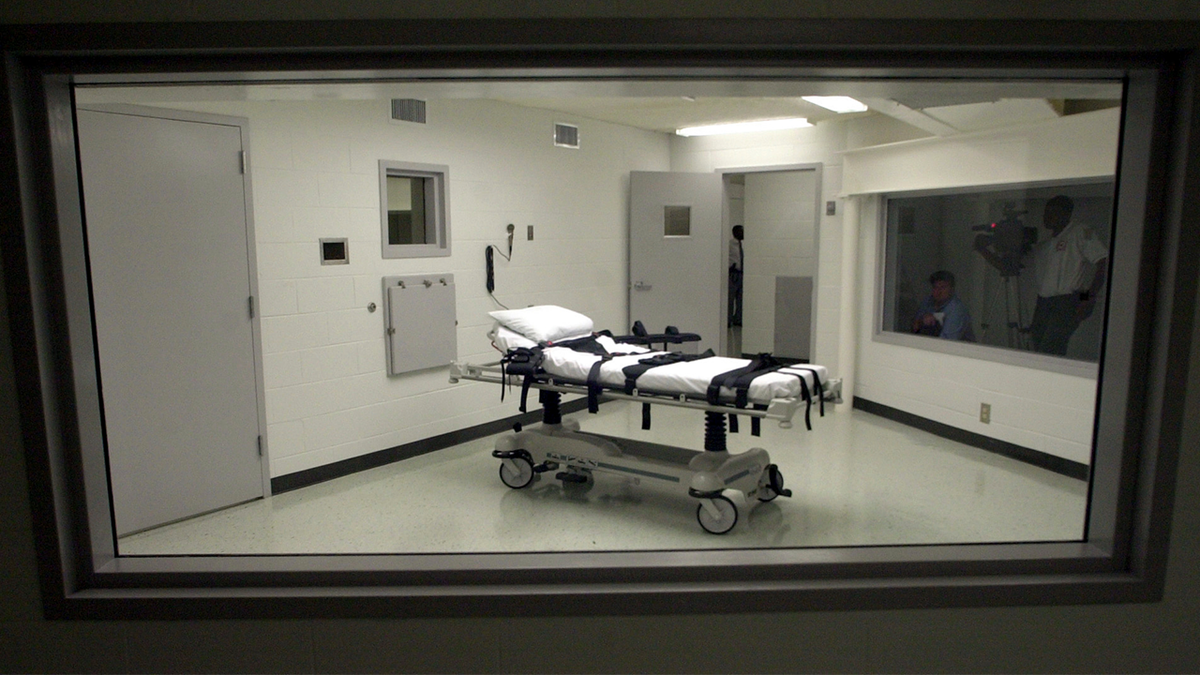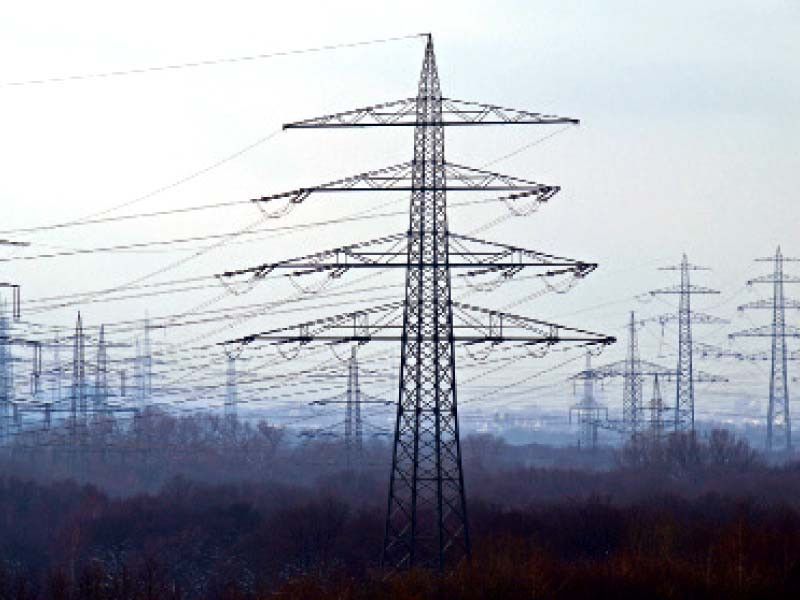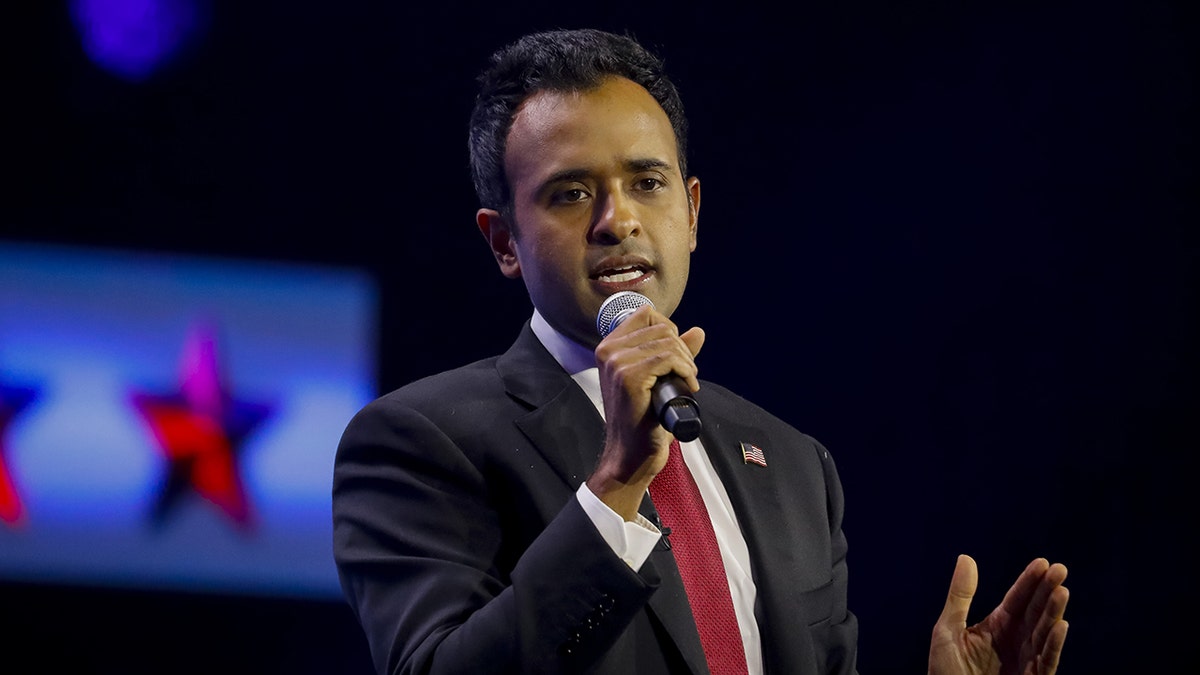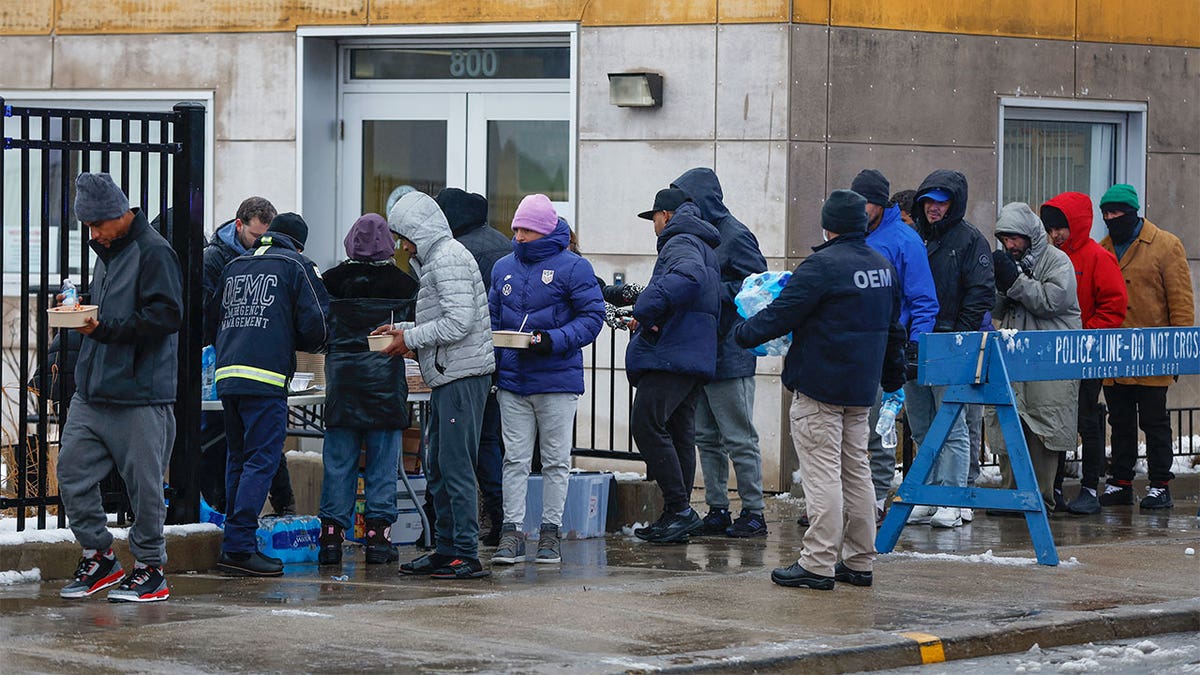Tensions escalated in the Taiwan Strait on Sunday as Taiwan's air force scrambled fighter jets in response to Chinese military maneuvers. A group of 10 Chinese aircraft crossed the median line of the strait, marking the second such incident in recent days. Taiwanese authorities reported detecting a larger formation of 24 Chinese fighter jets and bombers in the vicinity, with 10 breaching the median line, a de facto boundary between the two sides.
This incident follows a similar event on Thursday, where 37 Chinese warplanes entered Taiwan's air defense identification zone (ADIZ). In addition to the aerial activity, China also deployed four warships for what it termed "joint combat readiness patrols" in the area.

These actions are part of a broader pattern of escalating Chinese military activity around Taiwan. Beijing has conducted large-scale military exercises simulating an invasion of the self-governed island. These drills often coincide with high-level interactions between the U.S. and Taiwan, such as the visit of then-House Speaker Nancy Pelosi in August 2022 and Taiwanese President Tsai Ing-wen's meeting with Speaker Kevin McCarthy earlier this year.
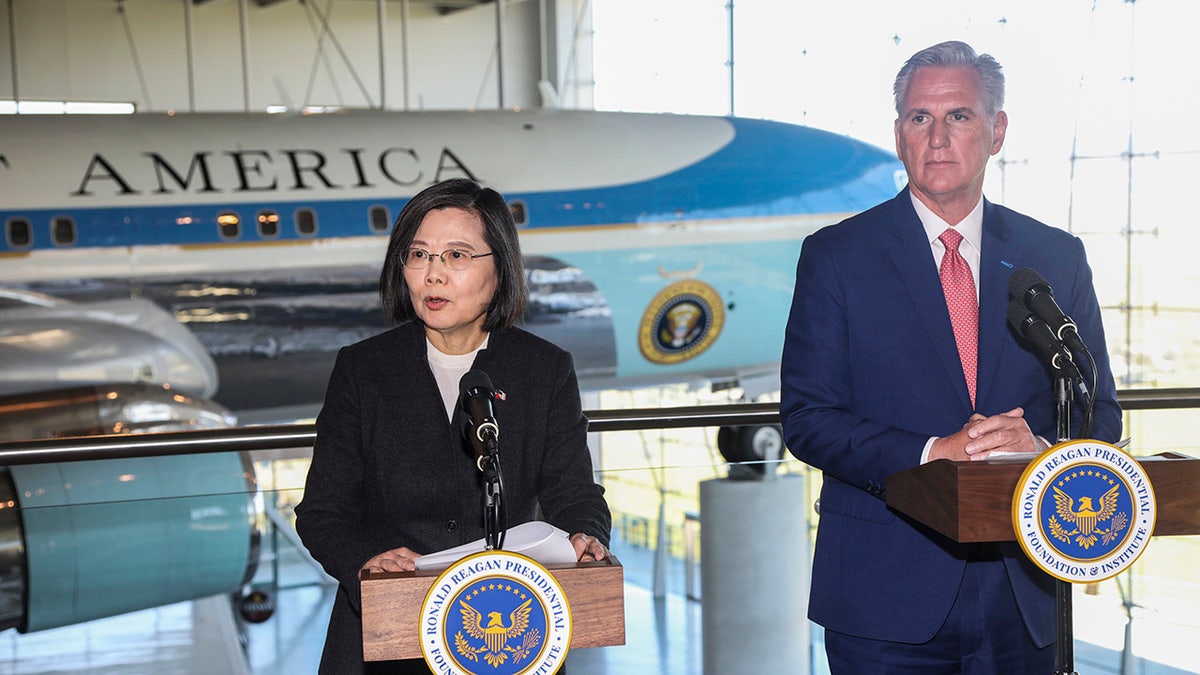
China asserts its claim over Taiwan, which has been self-governed since 1949. The United States maintains a policy of "strategic ambiguity" regarding its potential military response to a Chinese invasion of Taiwan. While President Biden has indicated a commitment to defend Taiwan, these statements have been subject to clarification by White House officials. China views visits by U.S. officials to Taiwan as a violation of the One China policy.
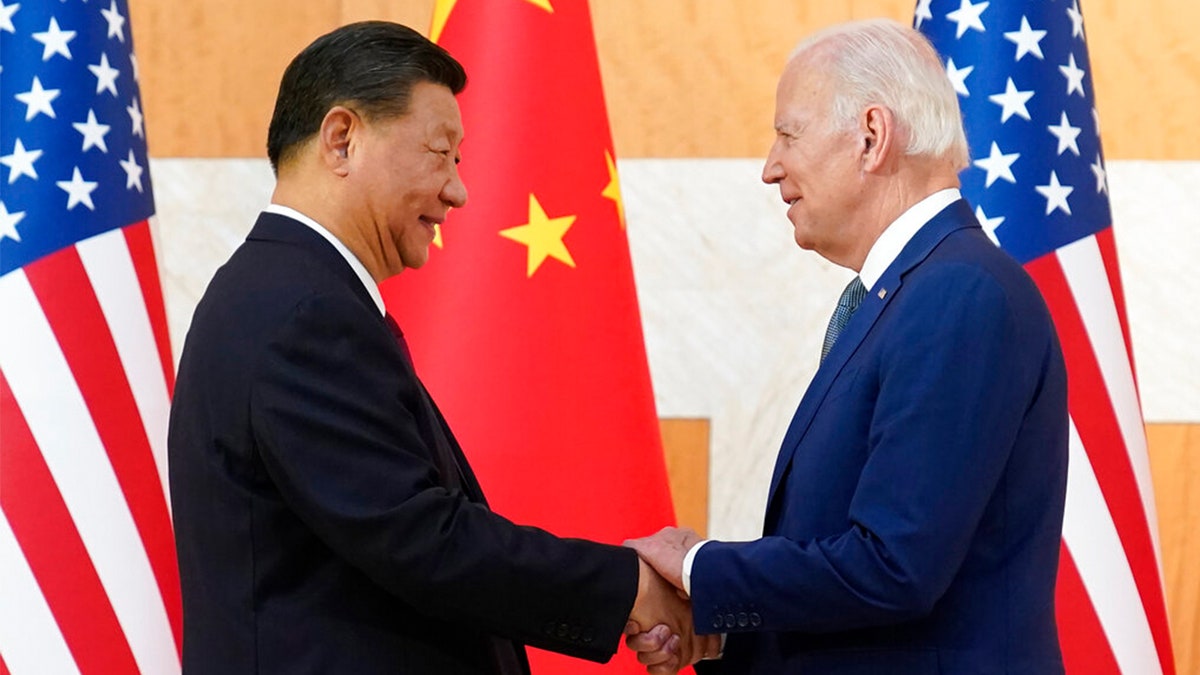
U.S. Defense Secretary Lloyd Austin recently warned of the potentially devastating global economic consequences of a conflict in the Taiwan Strait, emphasizing the importance of peace and stability in the region for international trade and freedom of navigation.

